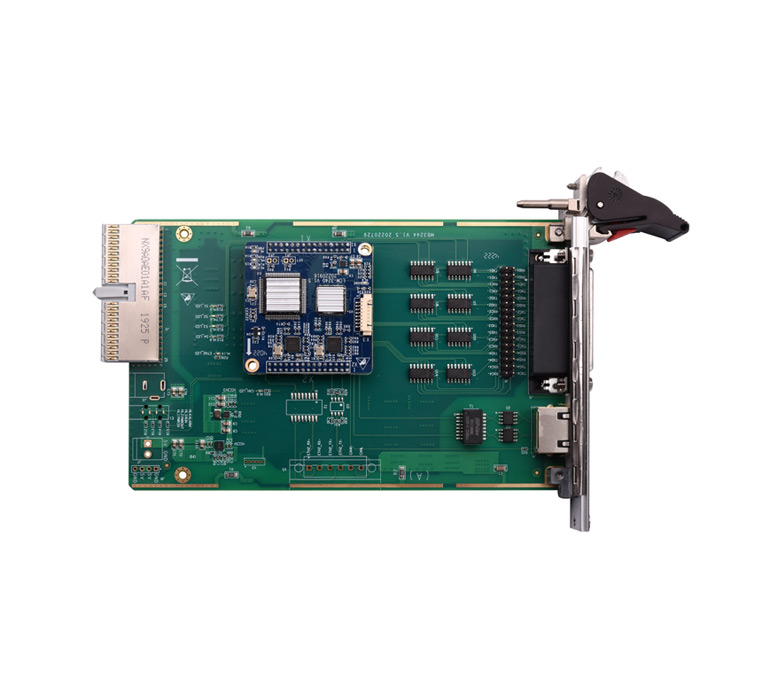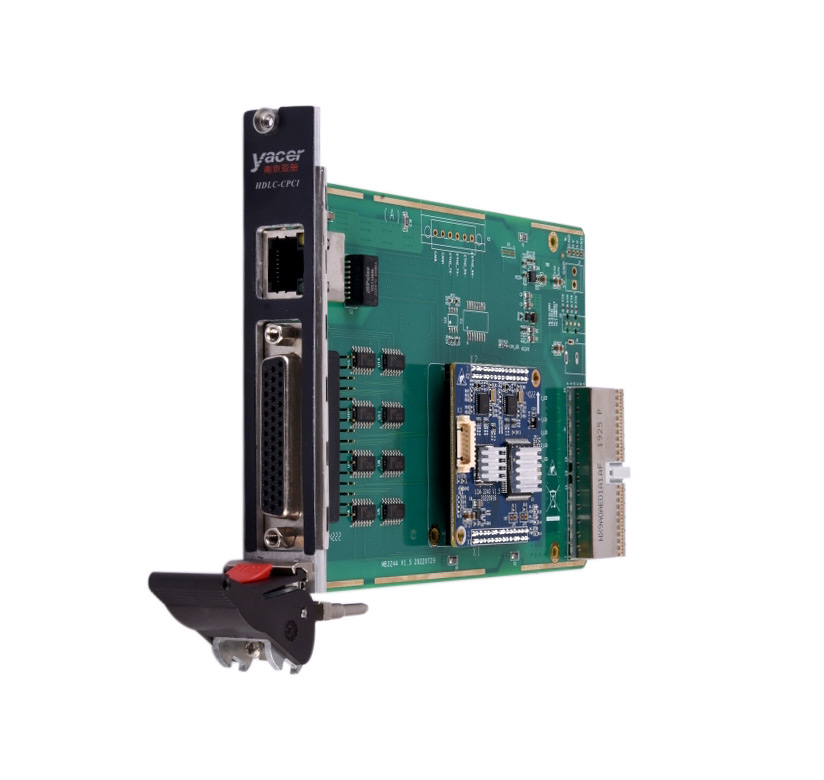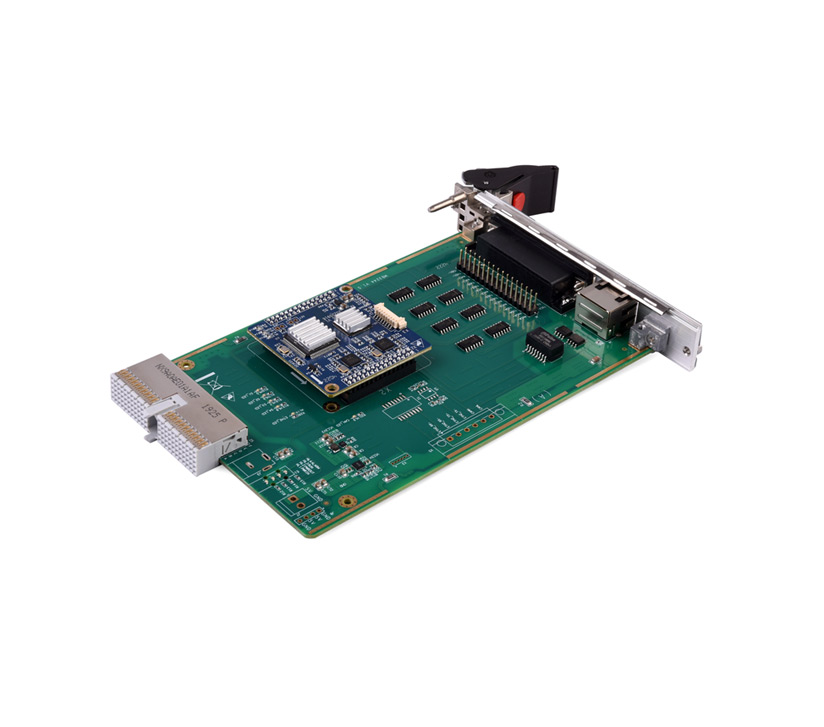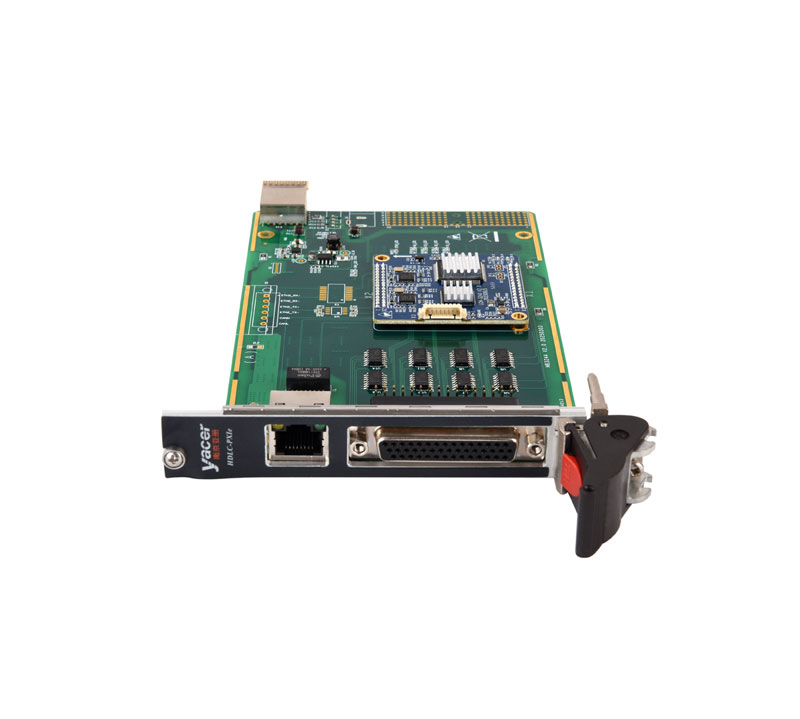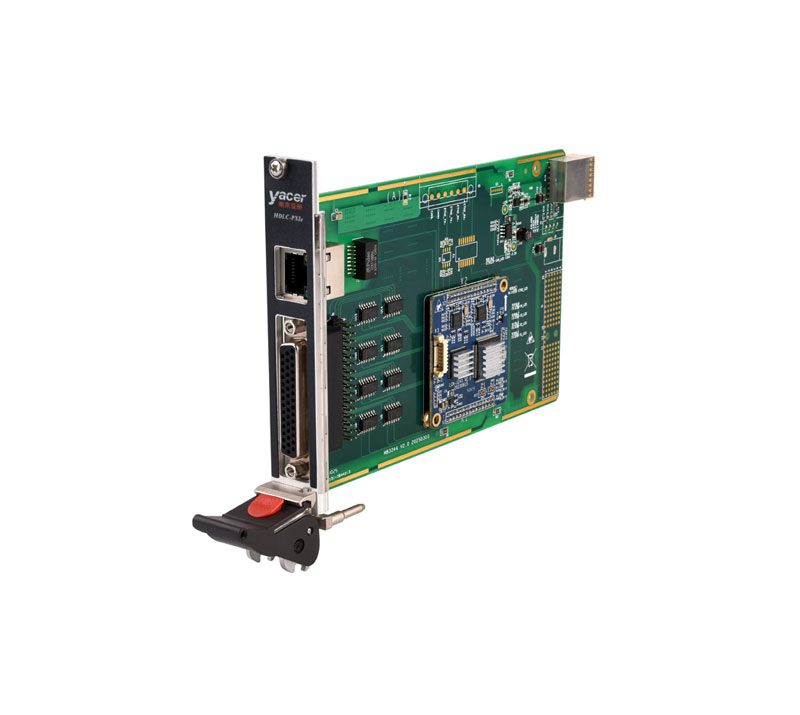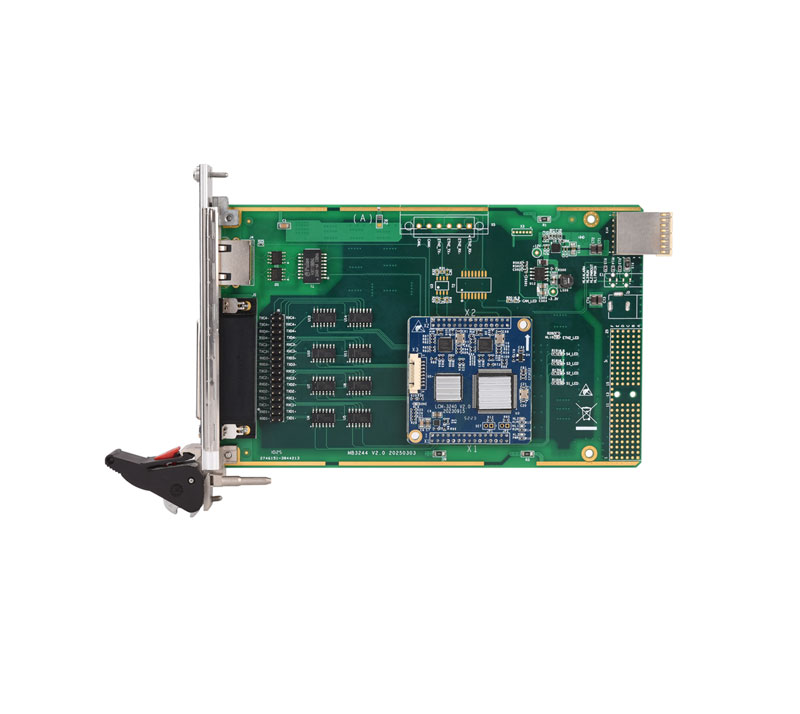Introduction
The Yacer HDLC-CPCI/PXIe synchronous serial communication card provides 4x RS-422/485 serial ports and supports synchronous HDLC/SDLC protocol. 1x100M Ethernet interface to realize the protocol conversion between serial port and Ethernet.
Optional CPCI/PXI 3U or CPCIe/PXIe 3U bus specifications, drive-free.
Applications
• Serial to Ethernet, Ethernet to Serial
• Synchronous serial port, asynchronous serial port to convert each other
• Serial port one way into multiple ways
• High-speed synchronous serial data transmission and conversion
• Telemetry, measurement and control data acquisition and transmission
• Satellite, radio data transmission
• Aviation and aerospace data communication
• CPCI/CPCIe bus application, PXI/PXIe bus application

